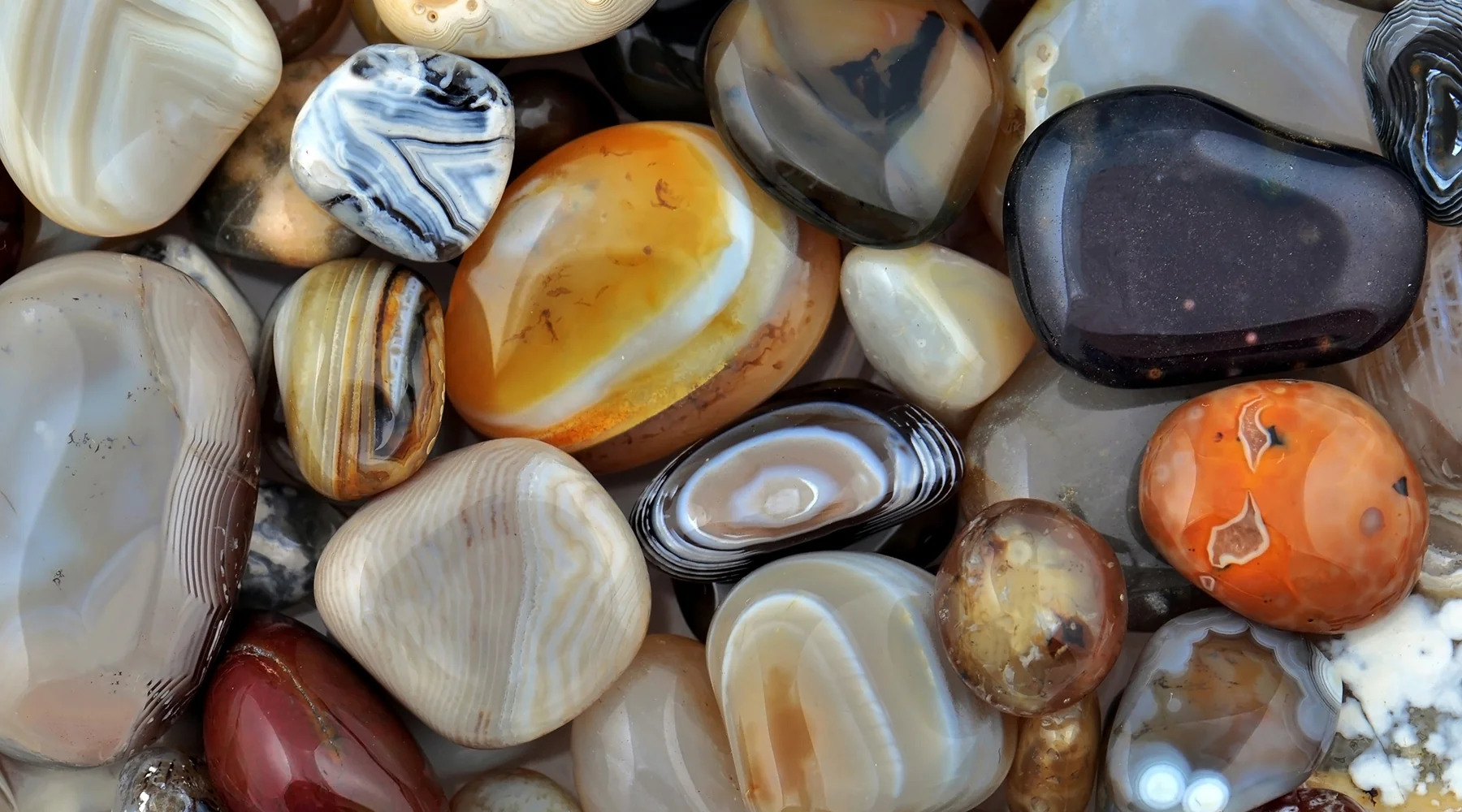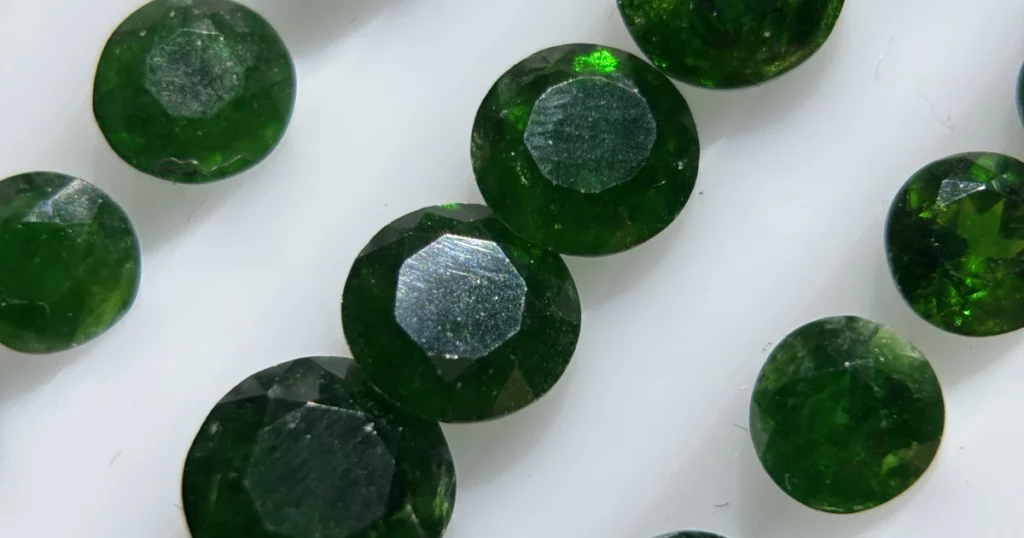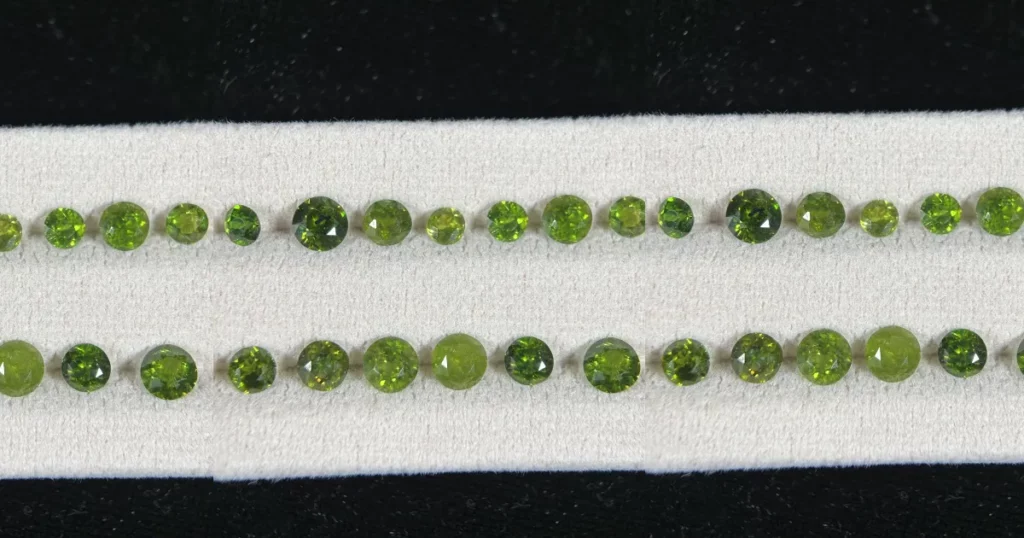Agate, a semiprecious gemstone celebrated for its captivating patterns and colors, has intrigued humans for centuries. Its formation is a tale of geological processes that span millions of years, involving a combination of chemical, physical, and biological factors.
This blog post from brkogems delves into the intricate journey of how agate is formed, offering insights into its unique characteristics and the natural wonder it represents.
Understanding Agate and Its Significance
Agate is a variety of chalcedony, a microcrystalline form of quartz. Known for its concentric banding and diverse colors, agate has been used throughout history for ornamental purposes and in jewelry. The name “agate” is derived from the river Achates in Sicily, where agates were first discovered.
Beyond its aesthetic appeal, agate is believed to have metaphysical properties, including protection, strength, and harmony.

Geological Setting: Where Agate Formation Begins
The formation of agate starts deep within the Earth’s crust, primarily in volcanic regions. When volcanic rocks, particularly basalt, cool and solidify, they often form cavities or voids. These voids can be created by gas bubbles trapped within the molten rock or by the dissolution of minerals over time. These cavities become the birthplaces of agate.
Volcanic activity plays a crucial role in agate formation. As lava flows and cools, it leaves behind voids that eventually become filled with silica-rich fluids. These fluids, rich in silicon dioxide, seep into the cavities through fractures and porous rock layers. The presence of water, heat, and pressure within these environments facilitates the dissolution and movement of silica, setting the stage for agate formation.
Also, if you are looking to buy Demantoid, you can visit the Buy Demantoid Garnet in Dubai page.
Silica Saturation: The Foundation of Agate
The primary ingredient in agate formation is silica (SiO2). Silica is abundant in the Earth’s crust and can be found in various forms, including quartz and opal. When volcanic activity creates cavities in rocks, silica-rich fluids start to fill these voids. The silica often originates from the weathering of silicate minerals or from hydrothermal solutions associated with volcanic activity.
As the silica-rich fluids fill the cavities, they undergo a process called silica saturation. This occurs when the concentration of dissolved silica in the fluid reaches a point where it can no longer remain in solution. At this stage, the silica begins to precipitate out of the fluid, forming tiny crystals. Over time, these crystals grow and interlock, creating the microcrystalline structure characteristic of agate.

Layered Formation: The Signature Bands of Agate
One of the most distinctive features of agate is its banded appearance. These bands form through a process of rhythmic deposition of silica. As the silica-rich fluids continue to flow into the cavity, changes in temperature, pressure, and the chemical composition of the fluid can cause variations in the rate and manner of silica precipitation. These variations result in the formation of distinct layers, each with its own color and texture.
The banding in agate is often influenced by the presence of trace elements and impurities in the silica fluid. For example, iron can produce red and brown hues, while manganese can create pink and purple tones.
The interplay of these elements, combined with the physical conditions within the cavity, leads to the creation of agate’s mesmerizing patterns. The process can take thousands to millions of years, with each layer representing a different period in the agate’s formation history.
Also read : Full description of Demantoid Garnet
The Role of Impurities and Trace Elements
Impurities and trace elements play a crucial role in the formation of agate. These elements can influence the color, opacity, and overall appearance of the stone. For instance, the presence of iron oxide can result in red and brown bands, while manganese can produce pink and purple hues. Chromium can impart green shades, and titanium can add blue tones.
The distribution and concentration of these impurities can vary within the silica fluid, leading to the formation of distinct bands and patterns. In some cases, the impurities may be concentrated in certain layers, creating more pronounced and vivid colors. The intricate interplay between silica and these trace elements is what gives agate its unique and captivating appearance.
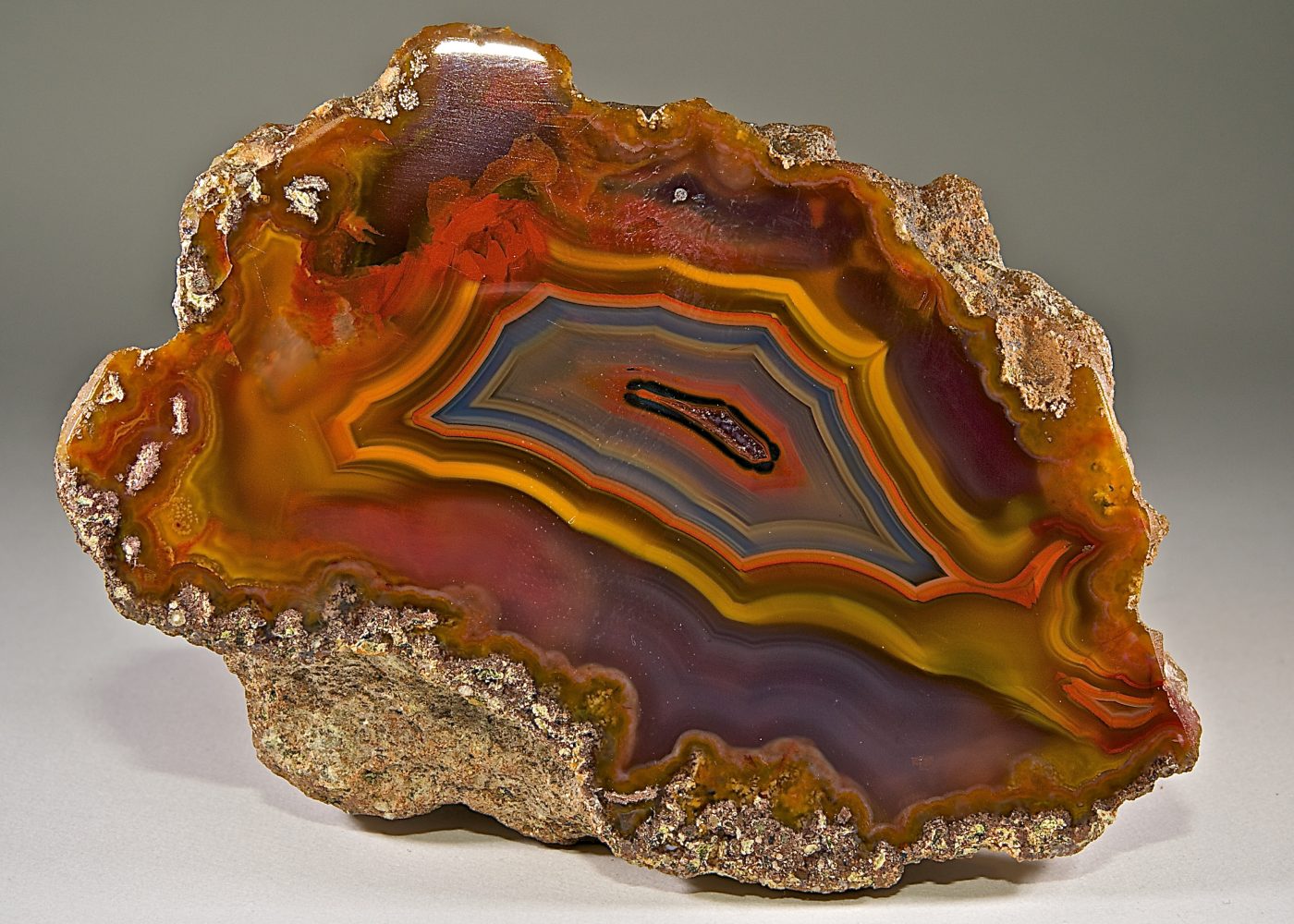
The Influence of Microorganisms
Recent studies have suggested that microorganisms may also play a role in agate formation. Certain bacteria and algae can influence the deposition of silica within the cavities. These microorganisms can create microenvironments that facilitate the precipitation of silica, contributing to the formation of agate.
Microorganisms can also impact the color and pattern of agate. For example, the metabolic activities of bacteria can produce organic compounds that interact with the silica fluid, leading to the formation of unique colors and patterns. This biological aspect adds another layer of complexity to the already intricate process of agate formation.
All of these features have made agate a versatile and useful stone. If you want to benefit from these benefits, you can visit The Fascinating Benefits of Agate Stone and read this article to benefit from the benefits of agate in your life.
The Impact of Geological Processes
Geological processes such as tectonic activity, erosion, and weathering also play a significant role in agate formation. Tectonic forces can create fractures and fissures in the rock, providing pathways for silica-rich fluids to enter the cavities. Erosion and weathering can expose agate-bearing rocks to the surface, allowing them to be discovered and appreciated.
Over time, geological processes can alter the appearance of agate. For example, the movement of tectonic plates can cause the rock containing agate to undergo stress and deformation, leading to the formation of cracks and fractures. These changes can influence the overall structure and appearance of the agate, adding to its uniqueness and beauty.
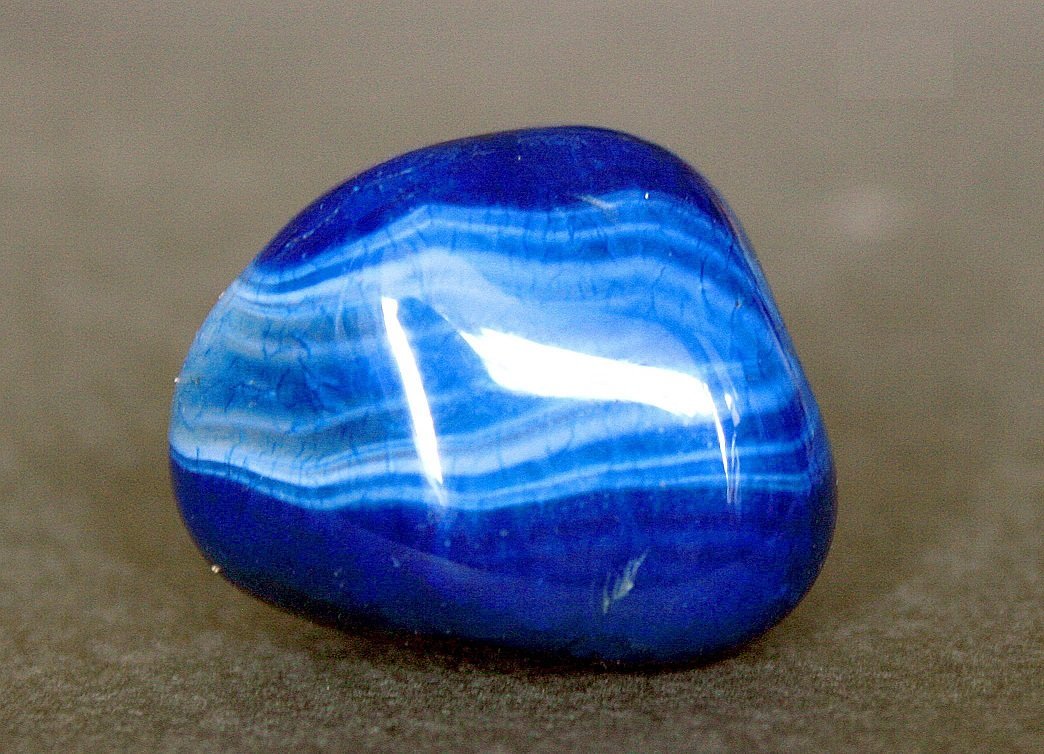
Types of Agate Formations
Agate can form in a variety of geological settings, leading to different types of agate with unique characteristics. Some common types of agate formations include:
- Geode Agate: This type of agate forms in hollow cavities within rocks, resulting in the creation of geodes. Geode agates often have a crystal-lined interior surrounded by agate bands.
- Nodule Agate: Nodule agates form as solid, rounded masses within the host rock. They can vary in size and often have intricate banding patterns.
- Vein Agate: Vein agates form in cracks and fissures within rocks, creating vein-like structures. These agates often have linear bands and can be found in various colors.
- Dendritic Agate: Dendritic agates contain inclusions of manganese or iron oxide that create tree-like or fern-like patterns. These patterns resemble natural landscapes and are highly prized for their beauty.
Each type of agate formation is a result of specific geological conditions and processes, making each piece of agate a unique work of art created by nature.
Agate Around the World
Agate deposits can be found in various locations around the world, each with its own unique characteristics. Some of the most notable agate-producing regions include:
- Brazil: Brazil is one of the largest producers of agate in the world. Brazilian agates are known for their vibrant colors and intricate banding patterns. The Rio Grande do Sul region is particularly famous for its high-quality agates.
- Mexico: Mexican agates are prized for their rich colors and unique patterns. The state of Chihuahua is known for producing beautiful fire agates, which display iridescent flashes of color.
- United States: The United States is home to several notable agate deposits, including the Lake Superior agates found in Minnesota and Michigan, and the Montana moss agates known for their intricate moss-like inclusions.
- India: India is known for producing colorful and intricately patterned agates, particularly in the states of Maharashtra and Gujarat. Indian agates are often used in jewelry and ornamental carvings.
The diversity of agate deposits around the world showcases the wide range of colors, patterns, and formations that this gemstone can exhibit.
The Beauty and Uses of Agate
Agate has been valued for its beauty and versatility for thousands of years. It has been used in various forms, including jewelry, decorative items, and tools. Ancient civilizations such as the Egyptians, Greeks, and Romans prized agate for its aesthetic and metaphysical properties.
In modern times, agate continues to be used in jewelry, including rings, necklaces, bracelets, and earrings. Its unique patterns and colors make it a popular choice for both fashion and statement pieces. Agate is also used in decorative items such as bookends, coasters, and sculptures, adding a touch of natural beauty to home decor.
Beyond its ornamental uses, agate is believed to have healing properties. It is thought to promote emotional balance, increase focus, and protect against negative energies. Many people use agate in meditation and energy healing practices, benefiting from its grounding and calming effects, which we have comprehensively discussed in our article Agate Stone Meaning and Benefits.
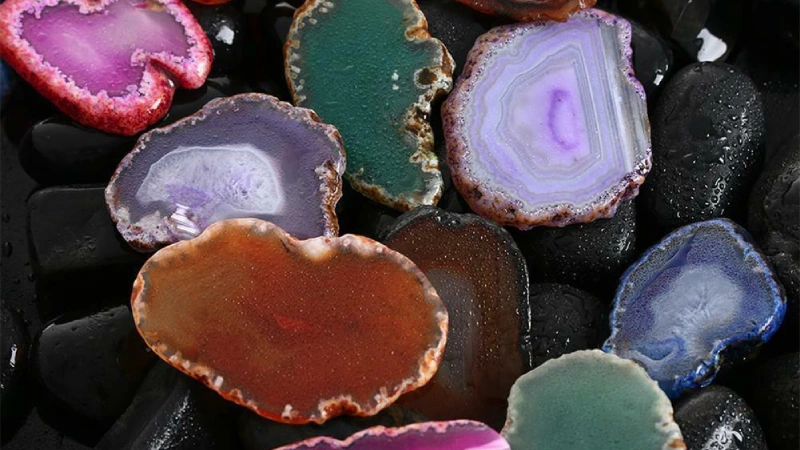
The Metaphysical Properties of Agate
Agate is believed to have various metaphysical properties that can benefit the mind, body, and spirit. Some of the most commonly attributed properties include:
- Protection: Agate is thought to provide a protective shield against negative energies and harmful influences. It is often used as a talisman for protection during travel and to ward off negative thoughts.
- Healing: Agate is believed to promote physical and emotional healing. It is thought to strengthen the body’s natural healing abilities and support the immune system.
- Balance: Agate is said to bring balance and harmony to the mind, body, and spirit. It is thought to help stabilize emotions, improve concentration, and enhance mental clarity.
- Grounding: Agate is considered a grounding stone that can help connect the wearer to the Earth. It is believed to provide a sense of stability and security, promoting feelings of calm and peace.
The metaphysical properties of agate add to its allure and make it a popular choice for those seeking to enhance their spiritual well-being.
How to Care for and Clean Agate
Proper care and cleaning can help preserve the beauty and longevity of agate. Here are some tips for caring for agate:
- Cleaning: Agate can be cleaned using mild soap and water. Avoid using harsh chemicals or abrasive cleaners, as they can damage the stone’s surface. Gently scrub the agate with a soft brush and rinse thoroughly with water.
- Storage: Store agate in a cool, dry place away from direct sunlight. Prolonged exposure to sunlight can cause the colors of agate to fade. To prevent scratches, store agate separately from other gemstones and jewelry.
- Handling: Handle agate with care to avoid chipping or cracking. Avoid dropping the stone or subjecting it to sudden impacts. When wearing agate jewelry, remove it before engaging in activities that could cause damage, such as sports or heavy lifting.
By following these care tips, you can ensure that your agate remains beautiful and vibrant for years to come.
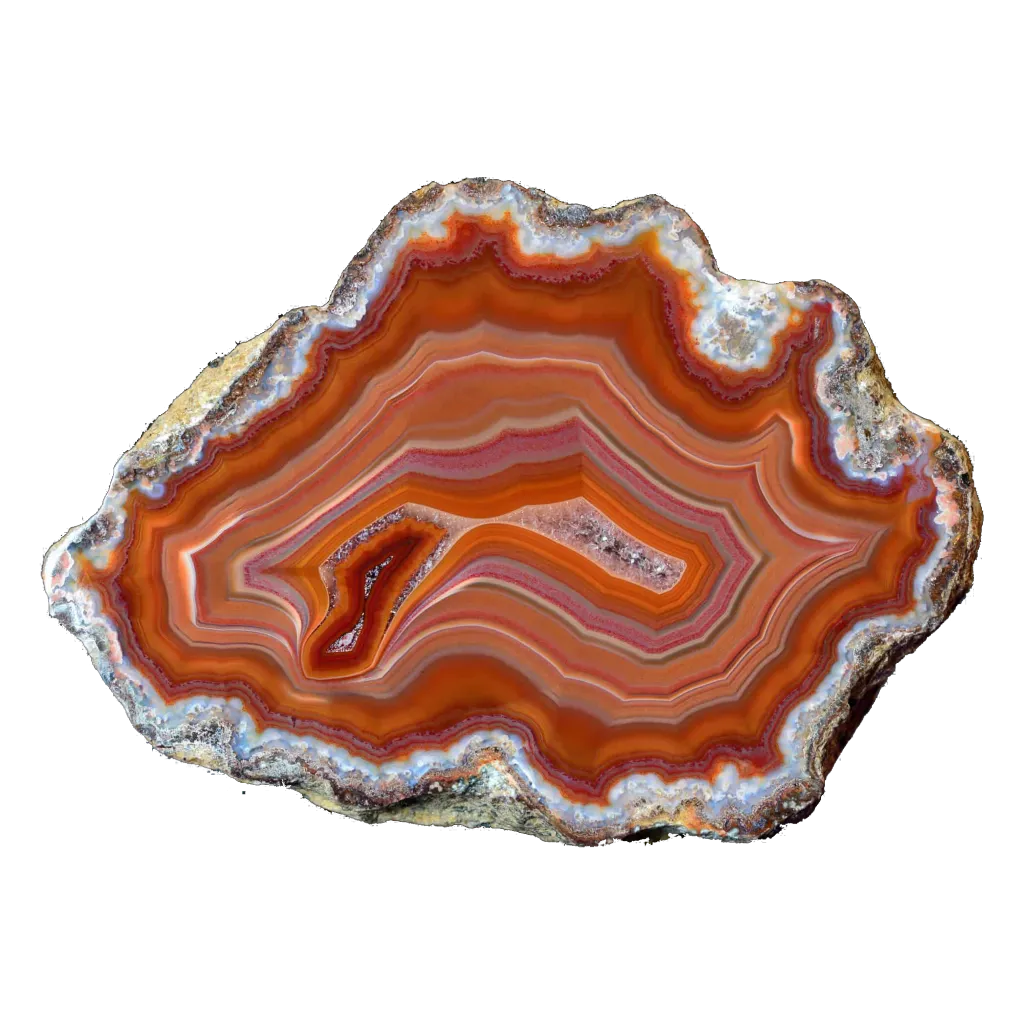
Conclusion Formation of Agate
The formation of agate is a testament to the intricate and wondrous processes that occur within the Earth’s crust. From the initial volcanic activity to the rhythmic deposition of silica and the influence of impurities and microorganisms, each step in the formation of agate contributes to its unique beauty and characteristics.
Agate’s captivating patterns, vibrant colors, and metaphysical properties have made it a treasured gemstone throughout history. Whether used in jewelry, decorative items, or healing practices, agate continues to enchant and inspire people around the world. By understanding the formation of agate, we can appreciate the natural artistry that creates these stunning gemstones and the geological journey that brings them to light.
FAQs Formation of Agate
What is agate?
Agate is a variety of chalcedony (a type of microcrystalline quartz) known for its banded patterns and vibrant colors. It forms in volcanic and metamorphic rocks through the deposition of silica-rich solutions.
How does agate form?
Agate forms when silica-rich fluids (often from groundwater) fill cavities in rocks, such as gas bubbles in volcanic lava. Over time, the silica precipitates in layers, creating the characteristic banded patterns.
Where does agate usually form?
Agate commonly forms in:
Volcanic rocks (like basalt) as fillings in vesicles (gas bubbles).
Sedimentary rocks through groundwater deposition.
Fractures and voids in metamorphic rocks.
How long does it take for agate to form?
The formation of agate can take thousands to millions of years. The process involves the slow deposition of silica within cavities in volcanic rocks, creating the characteristic bands and patterns over time.
What are the main factors influencing agate formation?
The main factors influencing agate formation include the presence of silica-rich fluids, temperature and pressure conditions, the availability of cavities in volcanic rocks, and the presence of impurities and trace elements that affect color and pattern.
The Formation of Agate: A Geological Marvel
Meta Description: Discover the intricate process of agate formation, from volcanic origins to stunning bands, in this detailed guide. Learn how agate is formed and its unique characteristics.


